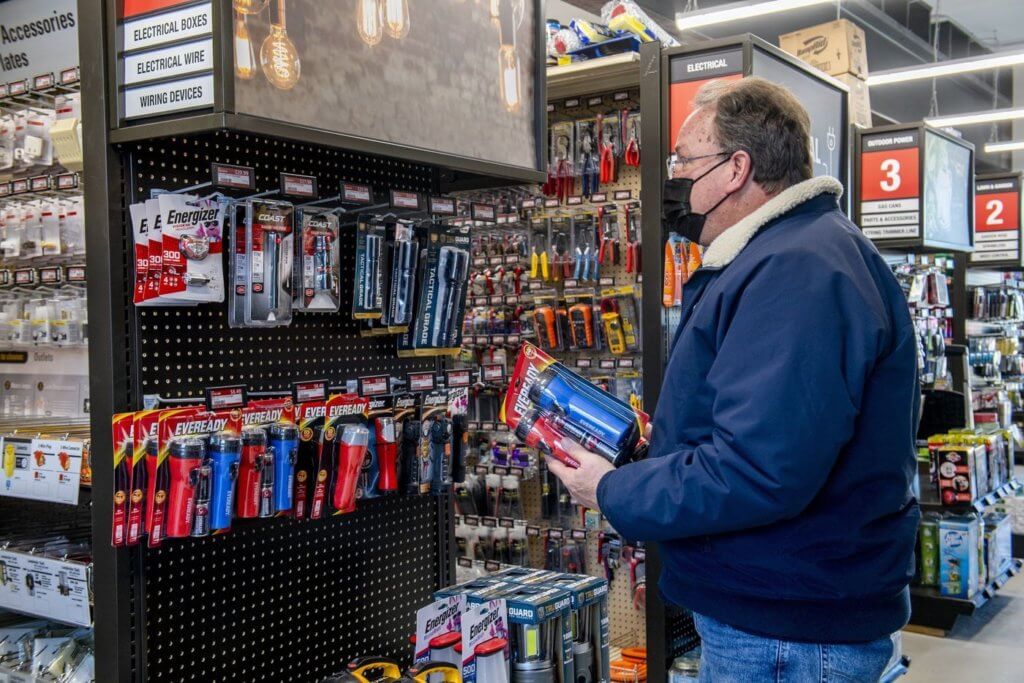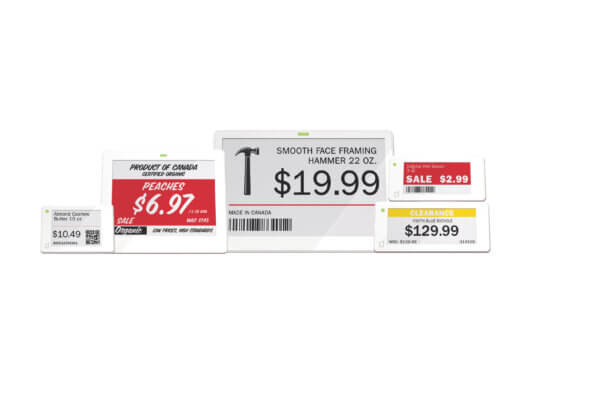For countless businesses, the pandemic created new challenges, in fact barriers, depending on the product or service. Conversely for many, it provided an opportunity to augment their conventional business methods and encouraged a progressive shift and an opportunity to incorporate the digital transformation traditional retail has been slowly adopting. This shift was witnessed throughout numerous industries, but it was the hardware and home improvement sector that led the charge implementing digital strategies and in-store automation with great success.
The increased focus on home living spaces throughout 2020/2021 directly benefited hardware stores leading them to experience the second-fastest growth in retailers during the first half of 2021. This new focus drove sales as people both allocated their time and ignited a renewed interest in tackling home improvement projects. People quickly began to prioritize their living and home office spaces as a direct result of the remote/work-from-home option thanks to changes in standard practices due to the pandemic.
The digital transformation which evolved from providing online shopping as a relatively simple click and add to cart option for customers rapidly progressed to a more customized shopping experience, and retailers noticed the benefits immediately. Given that capacity restrictions were affecting people’s shopping experience, and many were either not leaving their homes or were fully embracing shopping online like never before, the time was right to improve the online experience.
Instead of simply going on a home improvement store’s website, choosing a paint colour and hoping it worked well in their space, retailers began to embrace a new interface which allowed customers to upload a photo of their room and see in real time how it would look. And then you could order, and pick it up yourself at the location of your choosing, ready to go which seemed both revolutionary and long-over due at the same time. While upon appearance, these few examples seem like a simple evolution, they might have taken more time to come to fruition until it became necessary to augment with the times.
The increase in DIY directly translates to more sales for hardware and home improvement stores. Leaders in this industry have evaluated numerous slow and inefficient processes that held back their businesses and are embracing the current retail digitization that is taking the forefront, namely the addition of Digital Smart Labels™ throughout their stores.
With countless thousands of products in the store, you can assume that managing pricing changes has always directly correlated to an increase in labour and the associated costs for this retail sector. Given that pricing is updated weekly, the Digital Smart Labels™ automate the labour-intensive task and therefore eliminate the immense time staff needed to update pricing on the shelf. The task of updating pricing that once took days was done seamlessly in hours, and with both accuracy and confidence. Upon appearance, the store is better organized, and the staff are happy to serve and focus on customers to better assist in finding what they need.
For Jeff Wachenfeld, Store Manager of True Value North Fork it was extremely exciting to implement the Danavation proprietary Digital Smart Labels™. Numerous benefits were noted, but the immediate tangible benefit was that with this in-store tech evolution, staff were then focused on delivering an overall improved customer service experience to every person who walked into the store. The Digital Smart Label Technology™ was incorporated into workflows, including pricing changes, promotions and product information updates, all from a central location.
Digital Smart Label™ systems are an ideal fit for the vast product selection available at hardware and home improvement stores. As a result of this technology, stores can manage inventory while increasing operational efficiency, reducing paper and saving time. Adopting this technology is the first step to digital transformation and is essentially a turnkey solution to increased in-store efficiencies.



